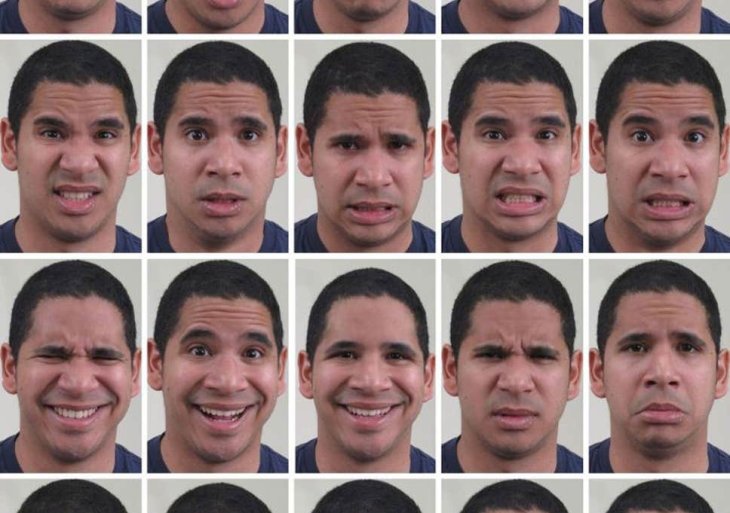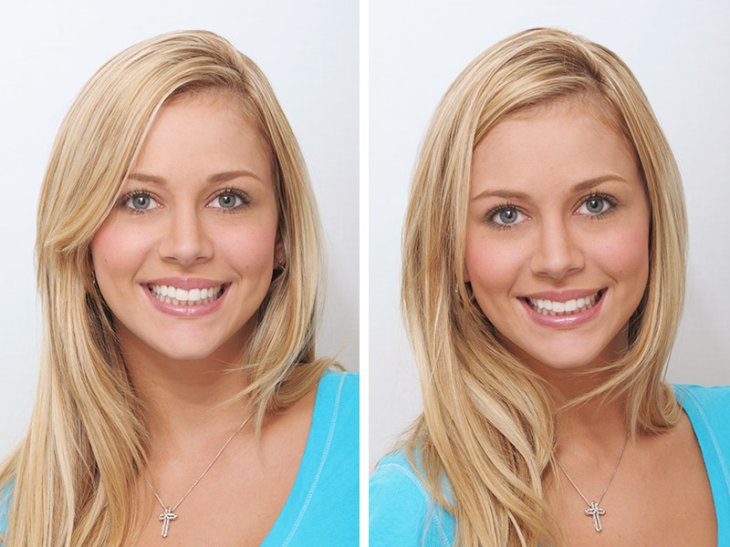Researchers Create Software That Could Identify Fake Facial Expressions
Saanvi Araav - Aug 20, 2019

Researchers have come up with new computer software which can identify false facial expressions based on the movement of a smile on a person's face.
Fake and real smiles could be challenging to differentiate. However, researchers have come up with new computer software which can identify false facial expressions. According to a published study, this software will record the smile movement on the face of a person. Then it will analyze the data to determine whether that expression is true or not.
Moreover, the software also detects the most significant muscle movements in the area around the person's eyes. That supports the theory that you can see a genuine and spontaneous smile in one's eyes.
Why do we need it?
Hassan Ugail, the lead author of the study (Bradford University's Professor) said that in the last couple of years, techniques to analyze people facial expressions have progressed dramatically. However, differentiating between false and genuine facial expressions remains difficult since we are not good at picking up relevant cues.

This software functions by using video recording to map and identify the cheeks, eyes, and mouth on the subject's face. Then, it will measure how these features will change with a smile. After that, it calculates the movement differences between clips of fake and real smiles.
How did they test this software?
Researchers have used two datasets to test this program. One set has images of people with genuine smiles, while the other one has images of posed smiles. Comparing between the fake and real expressions, they found significant differences in the movement of cheeks and mouths of the subjects. However, the most relevant variation is the eyes area where genuine smile generates 10% more of muscle movements.

When we fake a smile, often only the muscles in the mouth area move, however, we usually couldn't spot the difference in the eyes area. This new computer software can help us do that.
Hassan Ugail said that this new technology could be used to improve the interactions between humans and computers - like with biometric identification.
Featured Stories

Features - Jul 01, 2025
What Are The Fastest Passenger Vehicles Ever Created?

Features - Jun 25, 2025
Japan Hydrogen Breakthrough: Scientists Crack the Clean Energy Code with...

ICT News - Jun 25, 2025
AI Intimidation Tactics: CEOs Turn Flawed Technology Into Employee Fear Machine

Review - Jun 25, 2025
Windows 11 Problems: Is Microsoft's "Best" OS Actually Getting Worse?

Features - Jun 22, 2025
Telegram Founder Pavel Durov Plans to Split $14 Billion Fortune Among 106 Children

ICT News - Jun 22, 2025
Neuralink Telepathy Chip Enables Quadriplegic Rob Greiner to Control Games with...

Features - Jun 21, 2025
This Over $100 Bottle Has Nothing But Fresh Air Inside

Features - Jun 18, 2025
Best Mobile VPN Apps for Gaming 2025: Complete Guide

Features - Jun 18, 2025
A Math Formula Tells Us How Long Everything Will Live

Features - Jun 16, 2025
Comments
Sort by Newest | Popular